Wall decoration with PVC panels
During repairs, you don't always want to deal with "wet" work - laying tiles, for example. There is a simpler technology - wall decoration with plastic panels. You can cope on your own, even without much experience in construction work, and in a day or two carry out repairs in the bathroom, toilet, on the balcony / loggia and in the kitchen.
The content of the article
Types of plastic panels for wall decoration
This type of finishing material is made of PVC - polyvinyl chloride. In a semi-liquid state, this polymer is extruded into a mold. A drawing is applied to the finished panels. It can be first printed on foil, then glued and varnished (laminated panels). Moreover, these panels may not have a flat, but a textured surface. The drawing applied by this technology retains the paint for a long time, but such materials cost about two times more expensive.
Another technology is to apply the pattern directly to the plastic and then cover it with two layers of varnish. Cheaper technology, but the service life and quality of the pattern is lower.
Ceiling and wall
There are two types of plastic panels - for ceilings and for walls. Those intended for the ceiling have a thickness of 5 mm and thinner partitions, and the wall ones - from 8 to 10 mm and a greater thickness of the walls and partitions. You can determine which view is in front of you by looking at the cut. This type of finishing material differs in that it has a flat surface and with a tight joint the seams are not very noticeable.
There is another standard size, which is also called plastic lining - with a thickness of 10 mm, the panel has a width of 10 cm and shaped edges, which are more characteristic of plastic lining. If you trim the walls with this material, the surface will not be flat, but embossed, similar to a wooden lining.
Sizes and prices
In width, plastic wall panels are most often 25 cm and 37 cm, length - 2700 cm and 3000 cm. There are other non-standard sizes, but these are most common. For the price, you can observe a fairly strong spread - it depends on the thickness of the walls, the type of printing, the manufacturer, the complexity of the pattern, etc.
Thin PVC wall panels
Above we were talking about products that consist of two layers of plastic, connected by jumpers. Along with a lot of advantages, they have a rather serious drawback: if you make enough effort, they can be pushed through. This is often the reason for not using them. Therefore, thin wall plastic panels have recently appeared on the market. Their thickness is 3 mm and no cells. Only a layer of plastic with a pattern applied to the surface. Accordingly, there is nothing to push. The dimensions of this type of panels are 950 * 480 mm or so.
Their installation method is different - they are glued to the walls. Due to the fact that this finishing material has a very small thickness, it is cut with scissors and, moreover, takes away from the room too little space - 3 mm.
What to look for when choosing
It is clear that the choice begins with the color and pattern. But so that during the installation process there are no difficulties, it is necessary to track some points when buying:
- Examine the cut of the selected plastic panel. The thicker the lintels and the front and back resin layers, the stronger the finish will be. You can also focus on weight - the larger it is, the thicker the panels will be.
- The thickness of the plastic is the same everywhere, without thickenings and thinner places. This is a sign of normal quality.
- Pay attention to the geometry. The cells should not be wrinkled, the edges should be absolutely even. Even if everything is packed, it does not interfere with unpacking and inspecting - so that there are no problems later.
- Examine the front surface. The drawing should be applied evenly, clearly, without smears.
- If you choose panels from different packs, but of the same color, carefully look at the colors - they may differ.
It is also worth checking the quality of the polymer used. It is necessary to take one bar so that it bends by about 30% and straighten it. Then examine it. If there is no damage to the plastic or the pattern, everything is fine.
Correct technology for mounting plastic panels on walls
The good thing about wall decoration with plastic panels is that you can do it yourself, it takes a little time. Well, and one more plus - you need the usual tools:
- a drill with drills (install dowels) and a wood crown (drill holes for sockets, etc.);
- screwdriver or screwdriver, construction stapler, glue - depending on what type of fastener you prefer;
- saw with a blade for metal - cut plastic panels;
- building level;
- sharp knife - cut to width.
This is all you may need when installing PVC panels on walls. Time is running out - one or two days, depending on the experience and the areas being repaired.
What to make a crate
Installation of PVC panels on the walls according to the technology should be done on the crate. The crate is made from:
- Wooden bars. The optimal section is 40 * 20 mm. Before mounting on walls, it is advisable to treat wood with antiseptic compounds. If wall decoration with plastic panels is planned in a damp room, then special treatment against mold is also required. The panels are attached to wooden planks with wood screws, nails with a wide head, staples made of construction stapler.
- Metal profiles. Use plasterboard wall profiles 40 mm wide. In damp rooms, it is better to use galvanized metal. In this case, the fasteners are self-tapping screws for metal. The disadvantage of this type of lathing is that it takes up too much space - at least 3-5 cm at each wall, which is critical in a small room.
- Plastic mounting strips and cleats (mounting plates). This type of fastening is specially designed for PVC panels. The fastening is quick - the plastic is simply snapped into the groove on the profile with clamps. You do not need to use any additional fasteners. If necessary, the entire finish can be quickly disassembled - you just need to pry the kleimer with a screwdriver (with a little effort) and it will come out of the groove. What's more good about this type of batten is that it takes only 1 cm (this is the thickness of the profile).
Of the three listed materials, plastic is best used for mounting plastic panels in the bathroom. It reacts little to temperature changes, does not react in any way to changes in humidity, does not rot or crack. Galvanized steel feels good in a humid environment, but it must be of good quality, otherwise it will still rust. The most unimportant material is wood, but they, with appropriate processing, also cost years.And to keep it that way, follow the recommendations for application on the antibacterial composition exactly. In some cases, it is enough to smear a couple of times with a brush, in others - soak for a while and then dry.
How to make a crate
Before starting the installation of the battens for PVC panels, the walls must be prepared. First, remove the old finish and anything that might fall off. If there are large indentations on the surface, it is better to repair them, and strongly protruding parts can be chipped off. After the wall has become more or less even, it is treated with a primer with an antibacterial component (against fungi and mold). After that, you can already start installing the battens.
The battens are located perpendicular to the PVC panels. That is, if the panels are mounted vertically, the crate is horizontally and vice versa. Set the battens at a distance of 30-50 cm from each other. The optimal distance is 30 cm (the panel will "walk" less). The planks are attached at the beginning and end of the wall and around window and door openings.
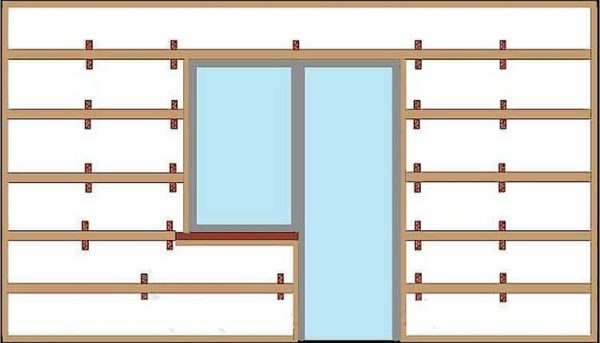
The lathing is attached at the bottom and top of the wall, around window and door openings. In between, the pitch of the planks is 30-50 cm
The lathing for plastic panels is fastened most often on dowels. They put 6 * 40 mm in a concrete wall (so that a piece does not fall out from the back of the concrete partition), in a brick wall - 6 * 60 mm. The fasteners are installed in 50-60 cm increments.
In order for the wall decoration with plastic panels to be even and beautiful, the crate must be placed in one plane. To do this, under the wooden planks, where necessary, wooden gaskets are installed (you can - pieces of plywood), only they also need to be treated with a composition from fungi and mold.
You can also use perforated hangers for plasterboard ceilings. They are used when exposing metal profiles in one plane, but they can also be used when installing wooden bars.
If you decide to make a crate from plastic mounting profiles, then it is worth considering one point: they must be strictly perpendicular to the PVC panels. Even a slight deviation can lead to the fact that the clamps simply do not snap into place and will not hold anything. So check the vertical / horizontal very carefully. One more point: along the perimeter of walls, doors and windows, it is better to install wooden strips of the same thickness as the plastic guides: we will attach the starting profiles to them.
Installation of plastic panels
In addition to the actual wall plastic panels in the store, you will need to buy some more accessories - these are corner, starting and F-shaped profiles. They are necessary in order to give the finish a finished and neat look.
At floor and ceiling levels, you can use either a skirting board or a skirting board. The starter is just a narrow strip of plastic, and the ceiling plinth is a shaped product with a characteristic cut.
Wall decoration with PVC panels begins with the installation of the selected profiles in one of the corners and at the top / bottom. They are attached to the installed battens. Fasteners are selected depending on what material was chosen for the lathing. The result is something very similar to a frame. We will insert panels into it.
Next, the first panel is cut along the length or height of the wall. They cut plastic wall panels with a saw with a blade for metal. When working strongly with your hand (and even more so with your foot), do not lean - push. To make the strip fit without any problems in the place allotted to it, carefully measure the length, subtract 4-5 mm and cut off.
At the first strip, a protruding thorn is cut off, after which the cut side is inserted into the corner profile, tucking the edges into the upper and lower.Lightly tapping with your palm, drive the bar all the way, check the verticality with a level, attaching it to the edge of the installed strip. Then the lathing is fixed to each lath.
Having installed and secured the first strip, cut off the second, join with the first, secure, etc. No complications. Problems can only arise with the last panel on the wall. It usually has to be cut to the width, and then try to fill it immediately into the groove of the previous plank and into the corner or starting profile. It does not always work out neatly - often the plastic is jammed. This situation can be avoided without fixing the second corner profile. Then an angular profile is put on the panel cut to size, all this is joined together with the previous bar and only then the corner profile is fixed. This is not entirely correct, since only one half of the corner profile is attached, and the other remains loose. But having worn out, trying to do the right thing, you don't pay attention to it. Then everything is repeated - further wall decoration with plastic panels is exactly the same.
How to do without corner profiles
If the presence of skirting boards at the top and bottom of the wall is familiar to us, then not everyone likes the corner profiles. When decorating walls with plastic panels, you can do without them. You will need a sharp wallpaper or stationery knife. If you cut a strip of plastic from the back in the right place, the panel can be bent. From the front side it will not be visible in any way, and the torment with the last panel can be avoided. And outwardly, many like this way out more.
To correctly determine where it is necessary to cut, insert the penultimate panel, fasten it. We take a piece of panel a few centimeters wide, insert it into the already installed one and mark where the corner is. We take it out, cut out a strip of plastic in the marked place, try it on. If everything is ok, use this piece as a template, transferring exactly the place of the cut. This is also not according to technology, but such wall decoration with plastic panels looks, it seems to me, better. Especially if the color and texture of the corner profile is different.
How else can you fix PVC panels on the walls
Although the above method of decorating walls with plastic panels is not very complicated, it is not suitable for everyone. For example, the walls are perfectly flat after plastering on lighthouses or leveling the walls with plasterboard... It is clear that the lathing is not needed. It will only take away the area. In this case, they violate the technology - they glue the plastic panels onto silicone or polyurethane foam.
In this case, starting profiles will still have to be installed, but they will need to be fastened to the appropriate dowels. After that, foam (zigzag) or silicone (islands with a step of 10-15 cm) is applied to the back of the panel, the bar is inserted into the profiles, pressed, fixed in one or two places with the appropriate fasteners. In the same spirit, they continue on.
The advantage of the method is very fast, the disadvantage is that it only works on even (or almost) walls. But most importantly, it is simply impossible to remove the finish without destroying the plastic panels.

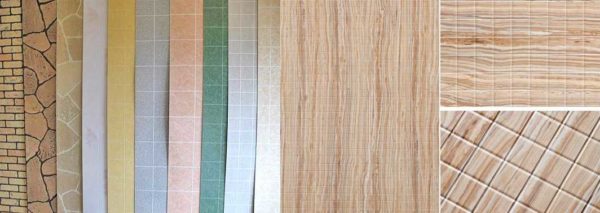
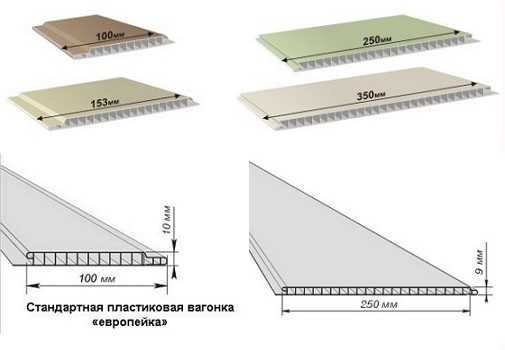
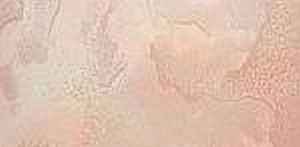
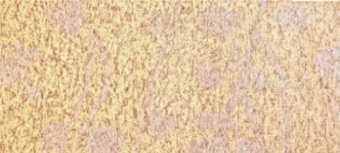
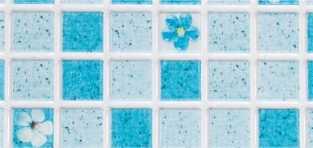
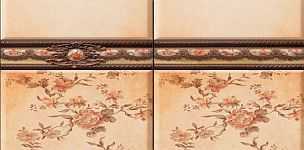
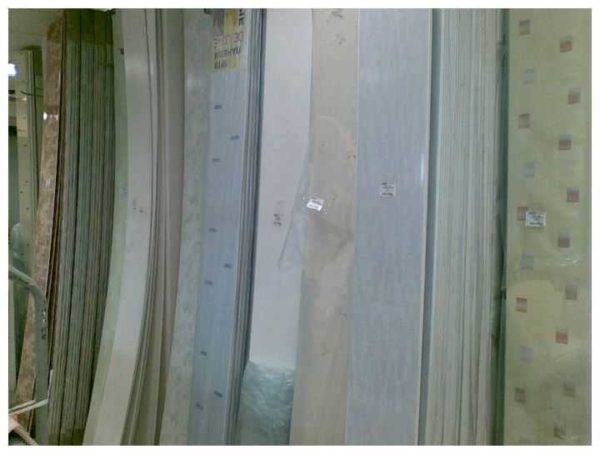
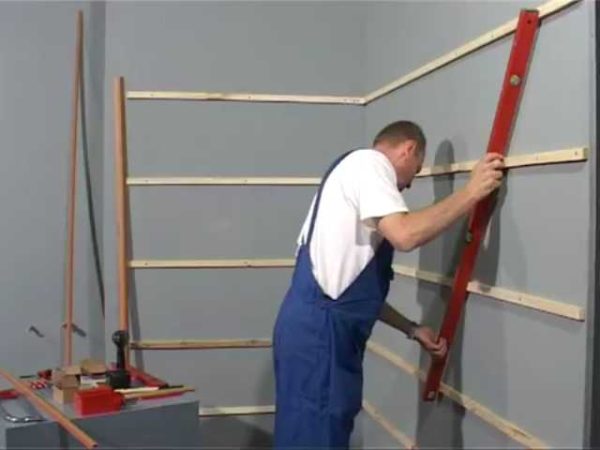
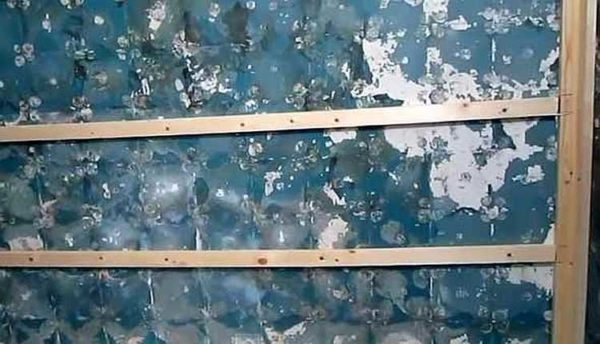
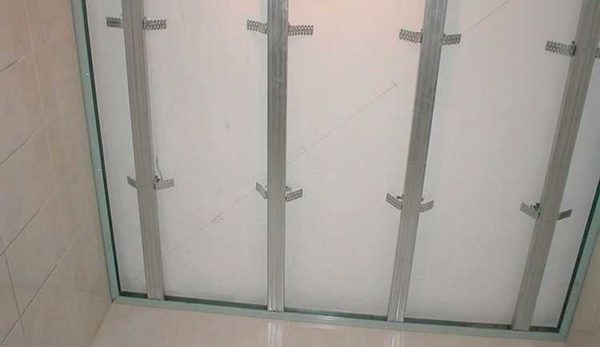
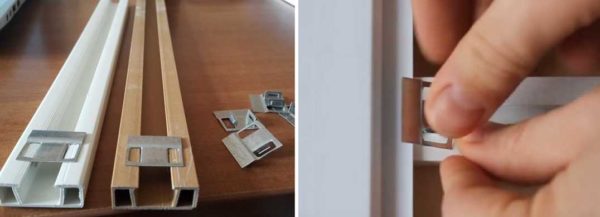
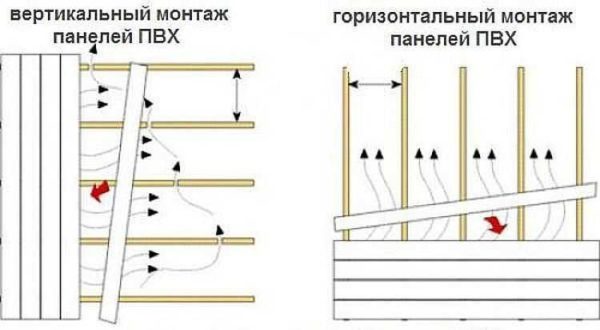
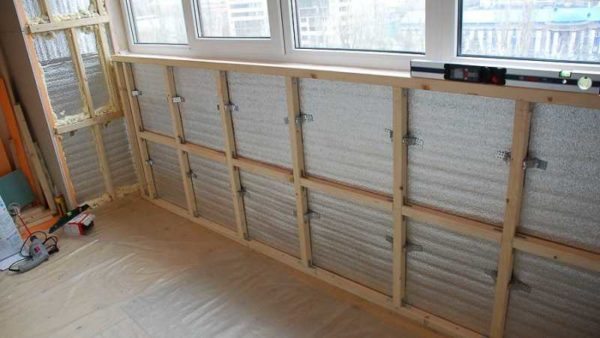
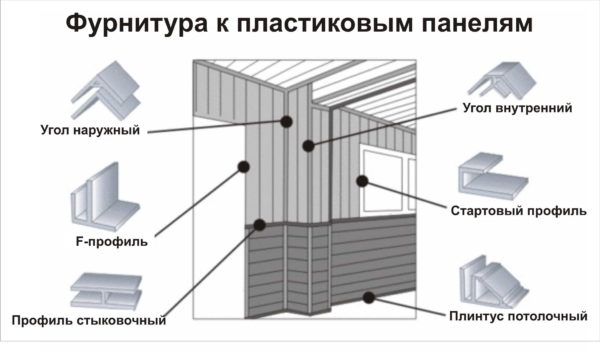
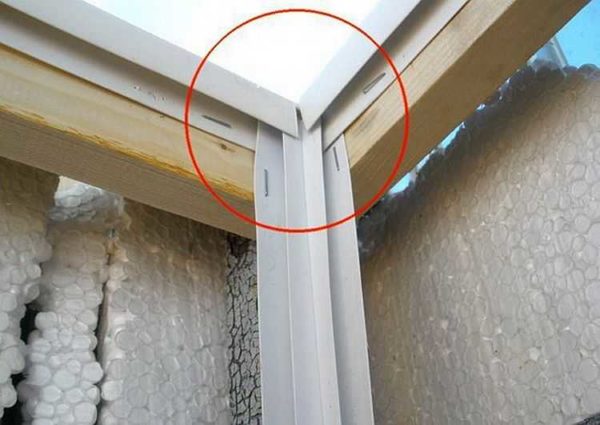
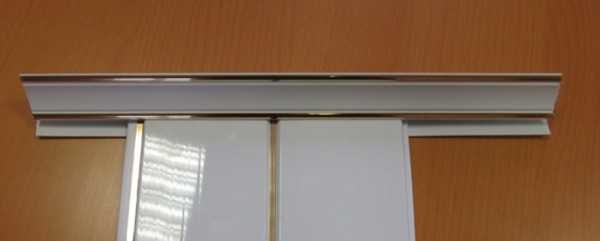


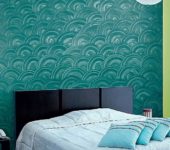
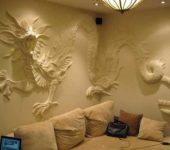
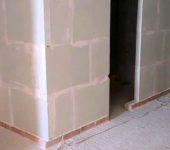
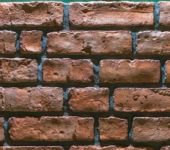





Interested in the price of rack panels
with a thickness of 5mm, a width of 250mm and a length of 2700mm, the price is from 120r. per piece (Moscow)